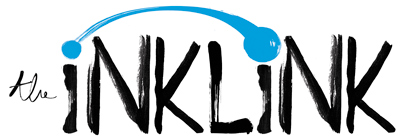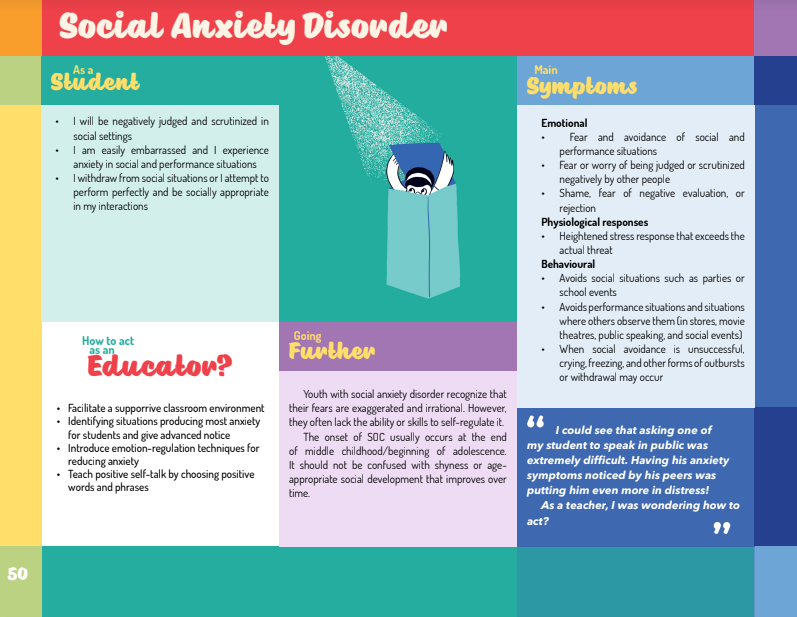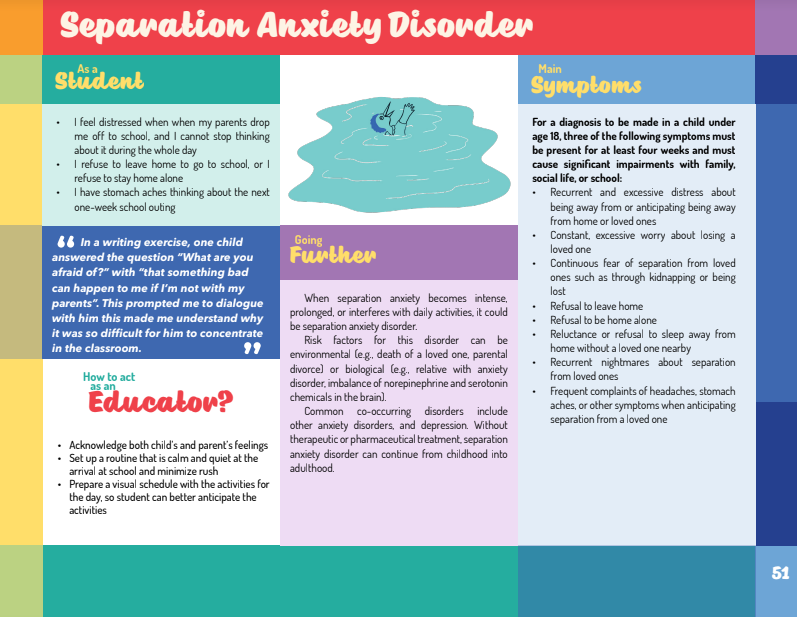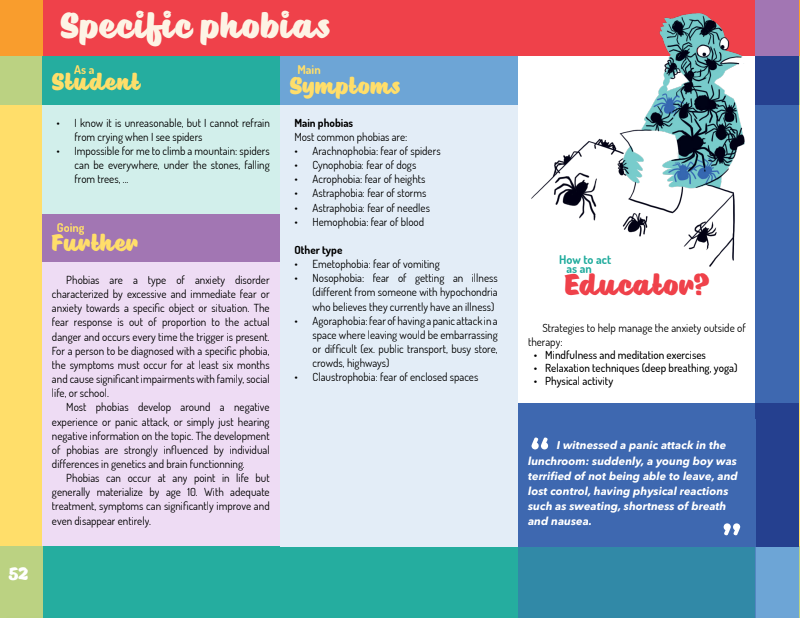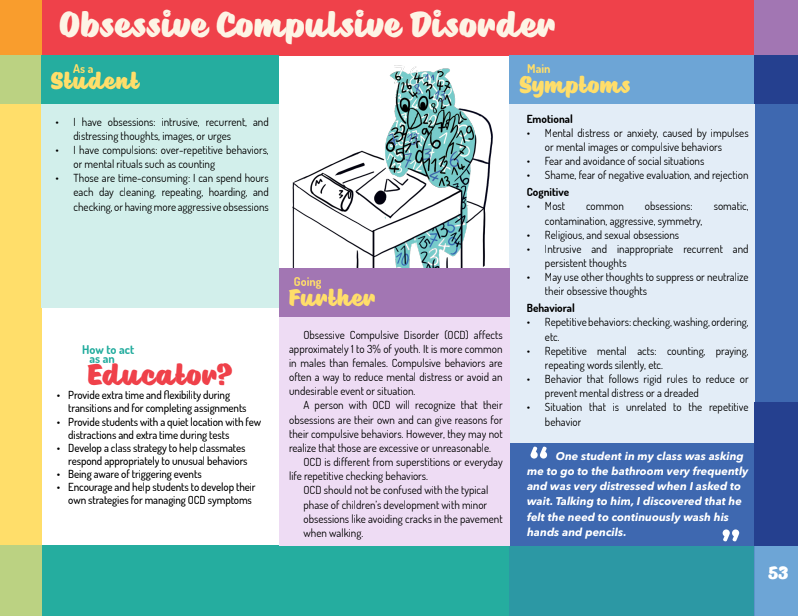Promoting well-being and mental health in schools
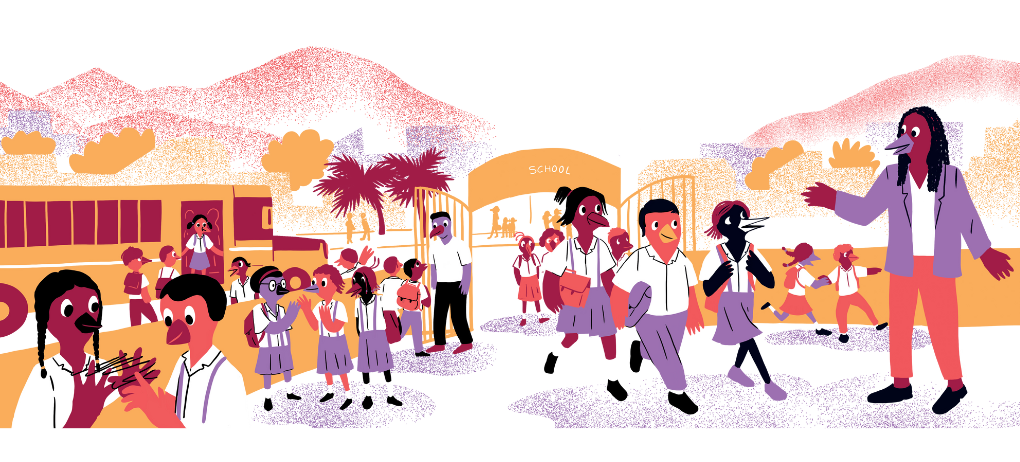
Turning an academic essay into a practical guide for educational teams
The result of a collaboration with the Pan American Health Organization, McGill University, the Montreal WHO-PAHO Collaborating Centre for Mental Health and the Douglas Research Centre, Promoting Mental Health and Well-Being at School aims to raise awareness among educational teams of the mental health of children and preteens in the school environment. It can also be read by parents and students, with pedagogical support.
It is divided into five parts:
- What is mental health?
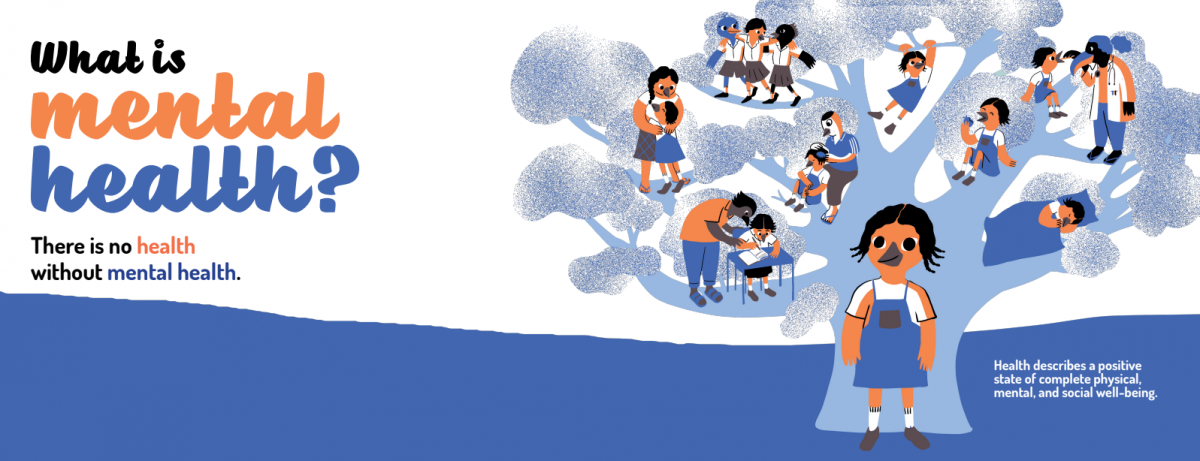
- The importance of well-being and mental health at school
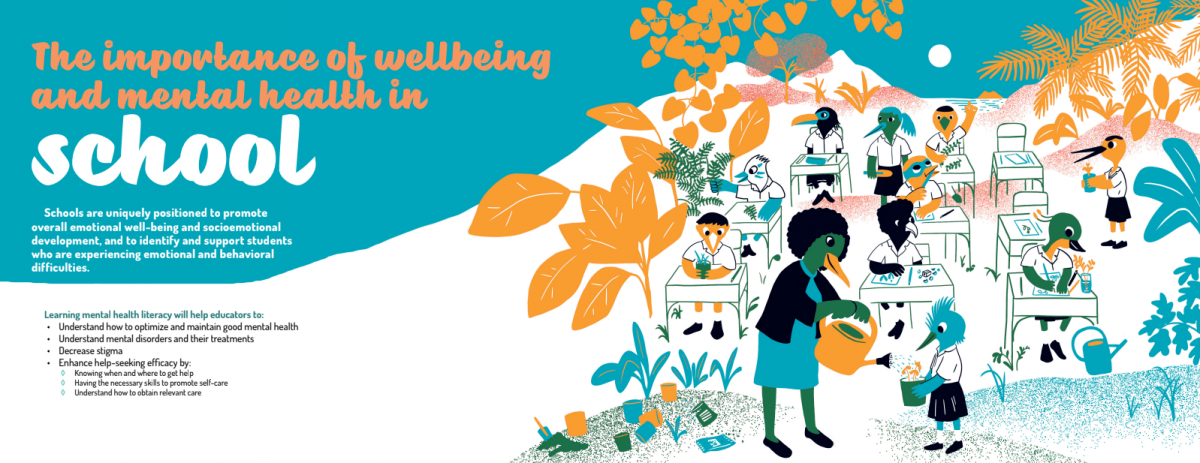
- Understanding of child's development
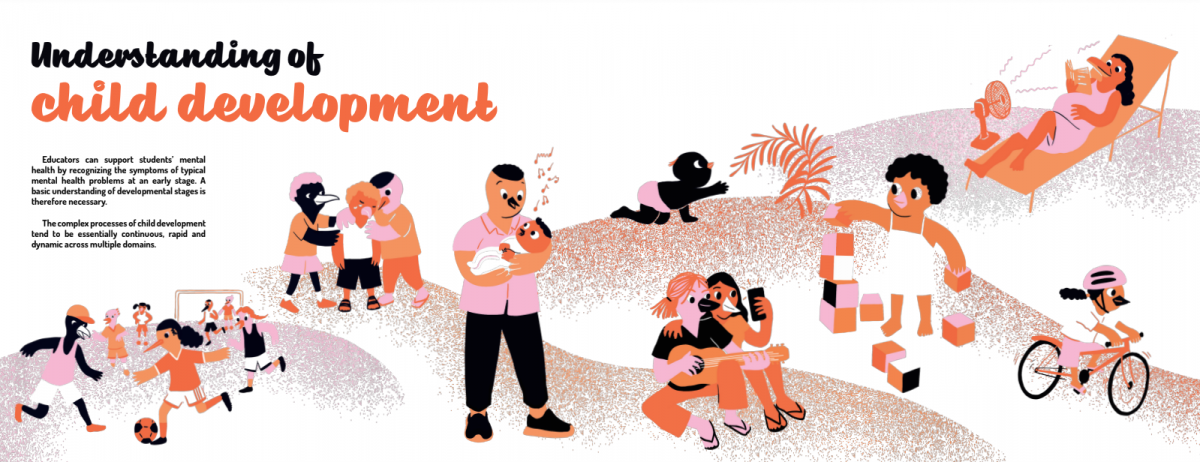
- Influences on child's development
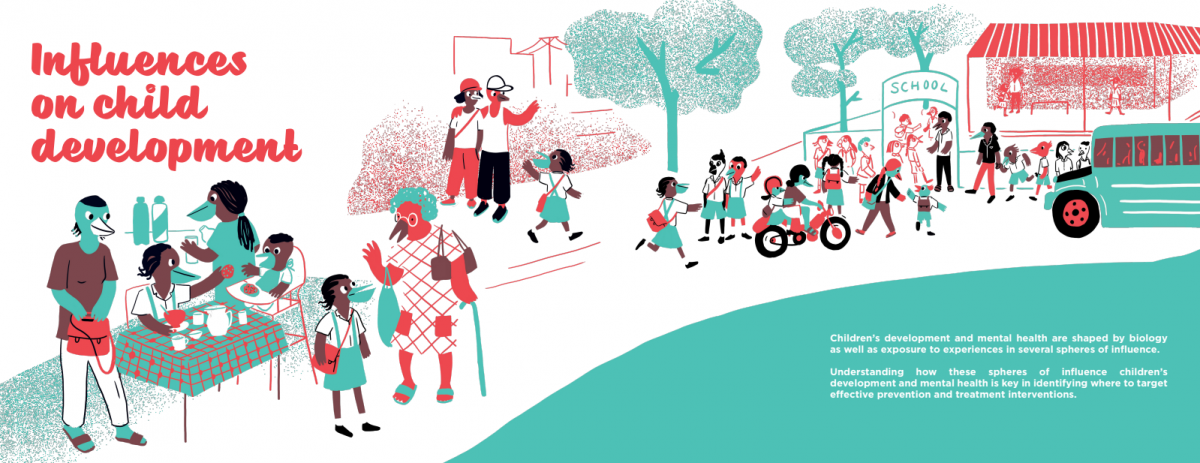
- Main emotional and behavioral disorders (anxiety disorders, mood disorders, neurodevelopmental disorders, behavioral disorders)
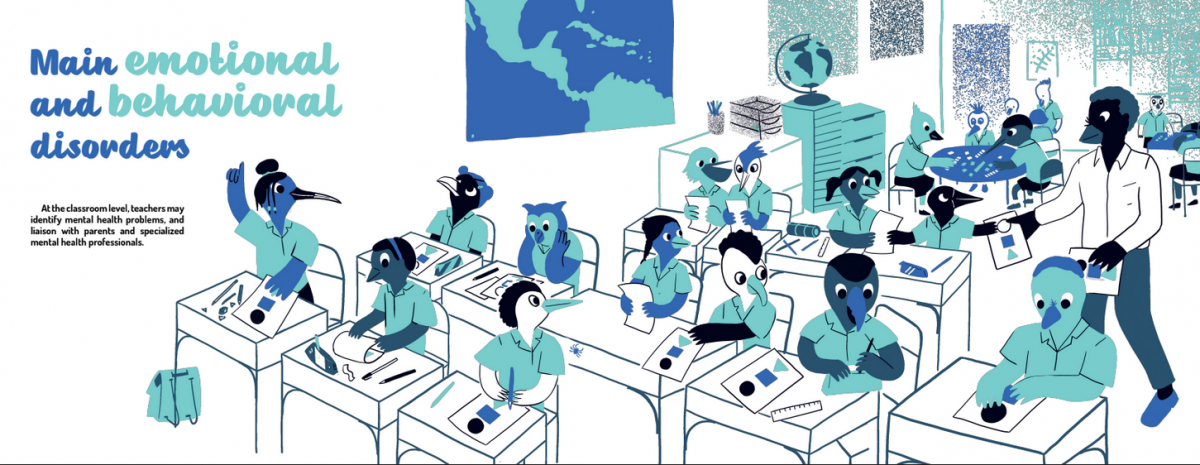
A singular project with multiple uses
This guide popularizes knowledge of mental health in educational environments, and suggests attitudes and keys to supporting children's mental health, managing challenging classroom behavior and promoting student well-being and success. It has a wide range of uses:
-A source of information for training in child development, and facilitating the detection of possible mental health disorders,
-Educational material in schools, to teach children to take care of their mental health from an early age and help reduce stigmatization in schools,
-Mental health advocacy tools to raise educators' awareness of children's overall well-being.
To design this book, The Ink Link chose three approaches
To transform an academic report into a practical manual, from the point of view of educational teams. This meant lightening the text, explaining the concepts and providing testimonials from educational experiences.
The use of animals, in this case birds, to allow readers to identify while maintaining a certain emotional distance, and to represent diversity without stigmatizing. Even though surprising, this effect helps to leave a lasting impression and facilitate memorization.
Showing the differences between In/Out, between being and appearing, to underline the difficulty for a teacher faced with 30 children to perceive the diversity of what may be in their pupils' heads, and to suggest how they see the world, depending on their mental health.
Choosing a children's illustrator to represent universal concepts
The illustrations by Hélène Georges are educational scenes that convey some of the messages and concepts explained in the book. They provide a useful complement to the text, breathing life into the reader's thoughts, while also serving as a basis for discussion between an educational team and students.
The use of animals, as in fables, lends a universal dimension to the subject; and the colors chosen reflect the diversity of life, dynamism and imagination of childhood.

